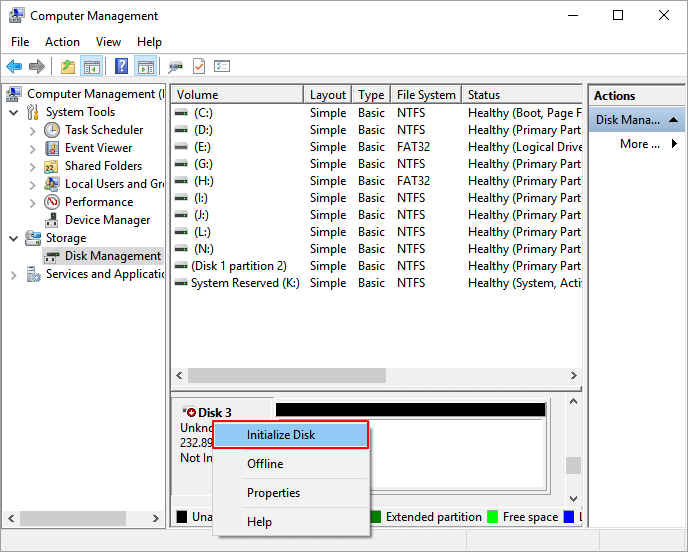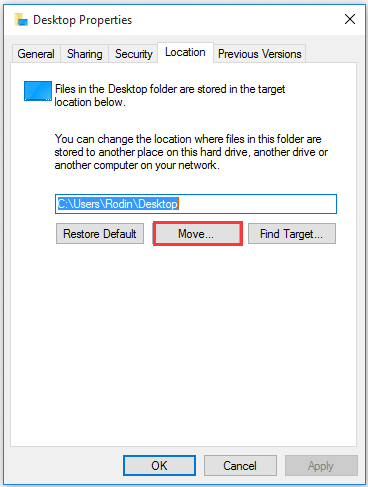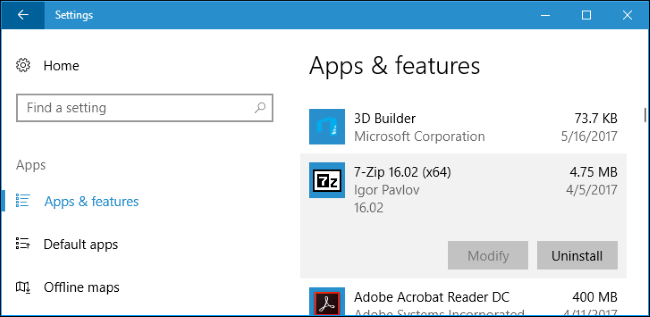
 Format Options (Quick Format): If the drive is in good working order, you can select “Quick Format,” which performs a high-level format and finishes quickly.
Format Options (Quick Format): If the drive is in good working order, you can select “Quick Format,” which performs a high-level format and finishes quickly.  Volume Label: This is the drive name that will appear when you see your formatted drive in File Explorer.
Volume Label: This is the drive name that will appear when you see your formatted drive in File Explorer. 
Generally, you never need to modify this setting, so use the default allocation unit size that appears (usually 4096 bytes for NTFS) when you select the file system you want.
Allocation Unit Size: This is the basic block size used by the file system when you format your drive. If you want the drive to be readable and writable on a Mac as well, choose exFAT. In general, you’ll want to select NTFS if the drive will only be used with Windows. Depending on the drive’s size, your options will be FAT, FAT32, NTFS, or exFAT. File System: A file system is a data structure that tells an operating system how to save and load files to or from a disk. Formatting takes up some of the raw disk space because of how file systems work. Capacity: This will be the data capacity of your hard drive or SSD once it is formatted. We’ll go over each item one-by-one so you can decide It presents options about how you want to format your drive. Check out our guide on how to delete the Windows.old folder.In any File Explorer window, browse to “This PC.” In the list of “Devices and Drives,” right-click the drive you’d like to format and select “Format” in the menu that appears.Ī “Format” window will open. Copy and paste the files that you want to restore into your current Windows installation.Īfter you have restored your old files, you might consider deleting the Windows.old folder since it will be taking up a lot of space in your system. How to Restore Files from Windows.Old Folder Recover your files right away or move the folder to a different location before the 30 days are over. Warning: Windows will delete the Windows.old folder 30 days after you upgrade. This is a backup that will containĪll the files and data from the previous Windows installation. When you upgrade your Windows, the computer willĪutomatically create a Windows.old folder. If you know how to restore files from the Windows.oldįolder, you can upgrade without fear. Your files in the process? This sounds like a nightmare, but there is a simple Ever upgraded your Windows computer only to lose










